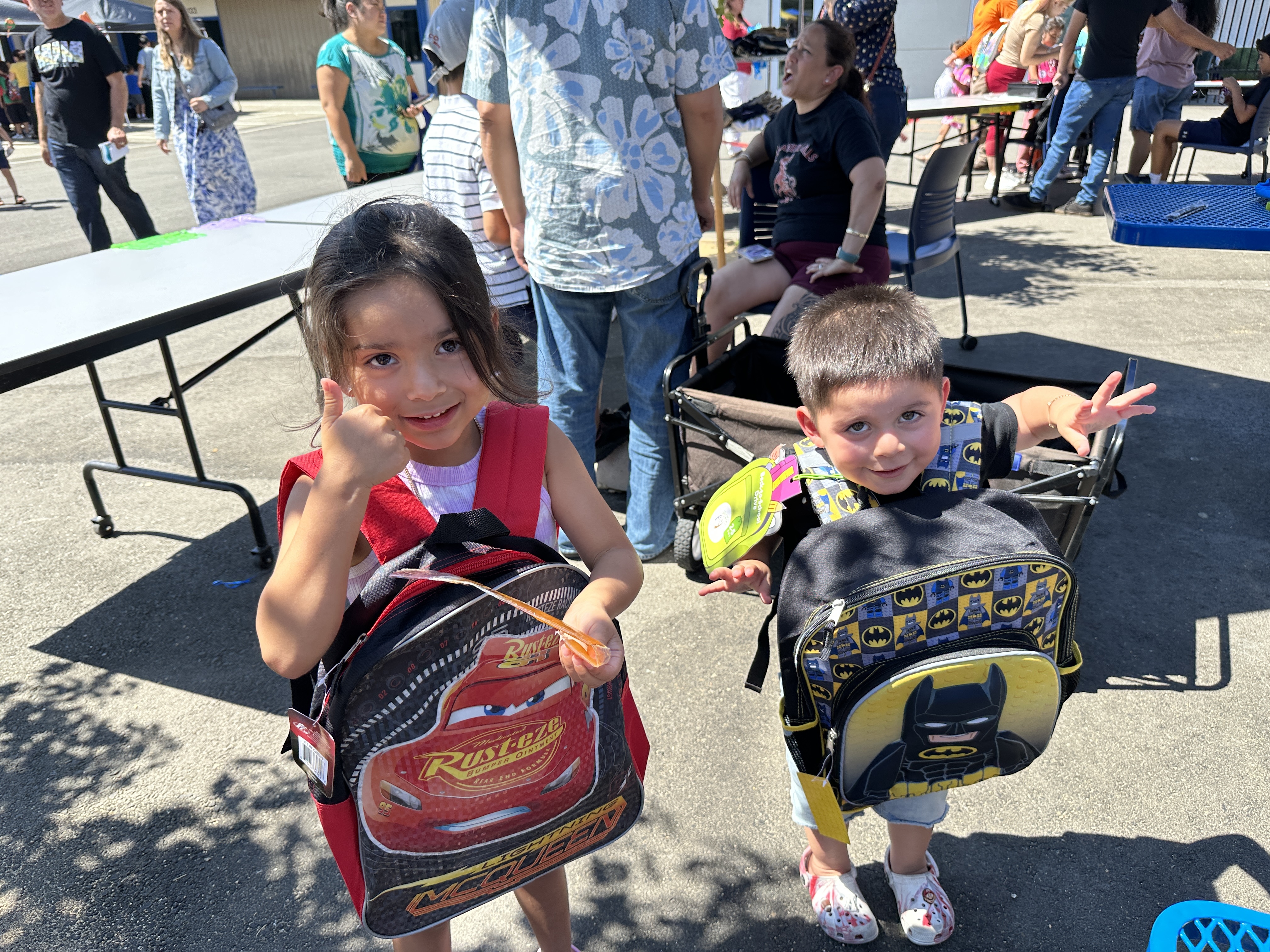Chinese New Year, also called Lunar New Year, holds the most significant position among all Chinese festivals and holidays. It lasts for the first 15 days of the Chinese lunar calendar and begins on Tuesday, February 5, ushering the Year of the Earth Pig, and will conclude with the Chinese New Year Parade in San Francisco’s Chinatown on February 23.
Chinese New Year is best described as a combination of Thanksgiving, Christmas, Easter and Mardi Gras rolled up together. In preparation of this festive event we met up with May Leong of the Chinese Cultural Center of San Francisco for a shopping trip to historic Chinatown to purchase essential Chinese New Year items and to learn why they are coveted during the holiday season.
The celebratory colors of red, orange and gold dominate the season and symbolism and homonyms - words that sound like another word - play an important role in what is displayed and eaten.
Decorations with messages of good wishes for prosperity begin at the front door. Chinese feel that this is the entrance for all good luck to enter your home.
Kumquat trees decorated with red lucky envelopes become the New Year Christmas tree symbolizing prosperity and growth. They are priced at $68 or $168. The amount is also a play on words, six and eight in Chinese translates to “money will come your way.”
Chinatown has specialty shops that sell paper goods used to celebrate the season. These shops sell votive money, wish papers and incense all to be burned for celestial worship. It is believed that the smoke rises into the heavens to share earthly good messages.
This is also where you can find an enormous selection of lycee “lucky red” envelopes, that will be filled with money and distributed as gifts during the holiday season.
The important Kitchen god, the Santa Claus of Chinese New Year, is generally bribed with sweets and votive papers so his report to the Jade Emperor is sweeten to bestow the good luck to the household.
Inside the home, the New Year’s altar features red calligraphy couplets- petitioning good wishes for the new year. They cleverly incorporate nature, prosperity and display the skill of the poet.
In expectation of New Year’s visitors, a candy dish called a “Chun Hop” is filled with sweets and seeds to represent progeny, prosperity and good luck to be shared along with a “nein gao” - New Year’s cake - to elevate the home’s luck. “Nein gao” translates to “higher year” or “attaining greatness.” It is topped with a tangerine with leaves and lycee envelopes to enhance the prosperity message.
Flowering branches and pyramids of oranges, tangerines and pomelos provide a visual display of abundance and prosperity while perfuming the home with the sweet floral and citrus scent.
Chinese believe you are what you eat. The New Year menu is repeated throughout the 15 days and will always feature princess chicken - a whole chicken - representing a good life, much like the Thanksgiving turkey, and a whole steamed fish, always selecting the liveliest fish and served whole. The reason a whole fish is served is that the Chinese word for fish also sounds like plentiful supply.
The monk’s vegetarian dish features many significant items that represent good luck and fortune, like this black seaweed called “fat choy,” growing prosperity and dried oysters for goodness, long noodles and mushrooms for longevity.
The Chinese word for lettuce is a homonym for growing wealth. Pot stickers represent silver ingots, clams represent happiness - when the shellfish opens it looks like a smile - and celebrate the Year of the Pig in style with crunchy roast pork.



